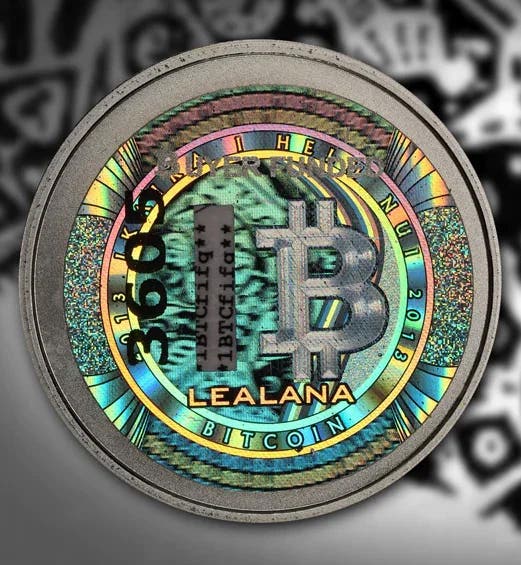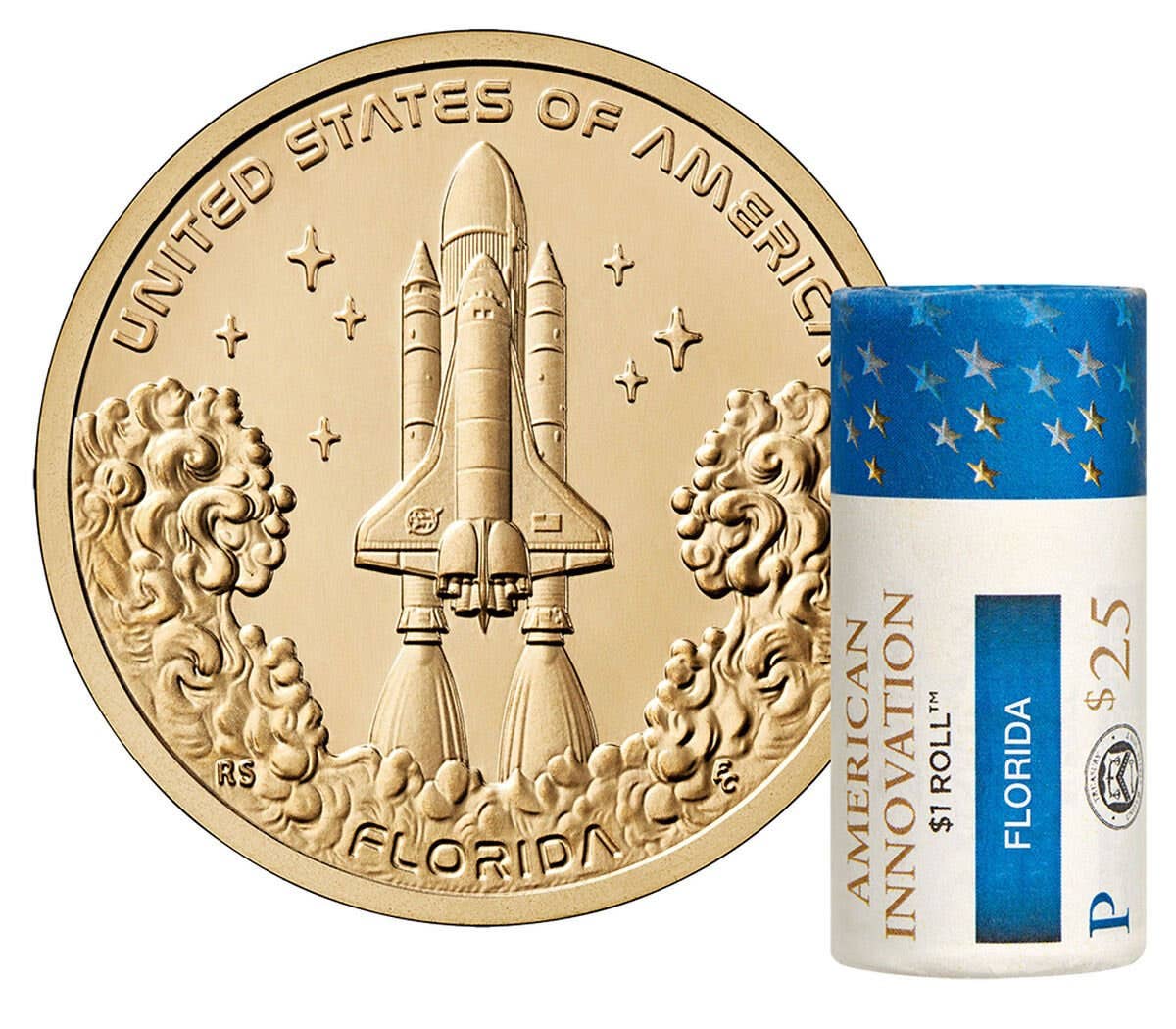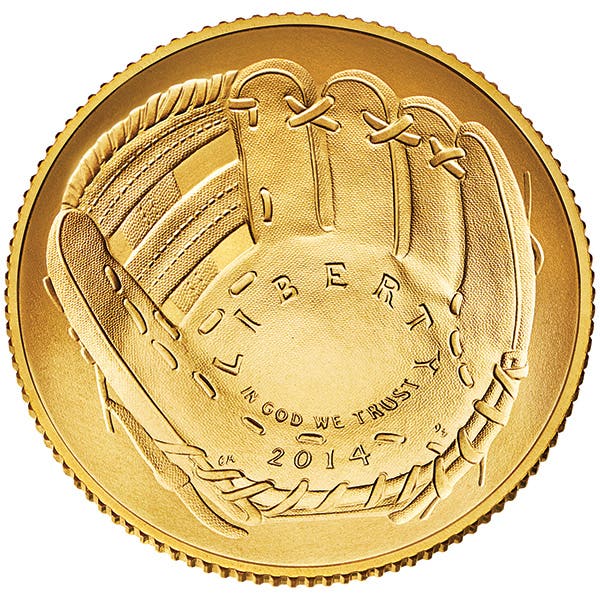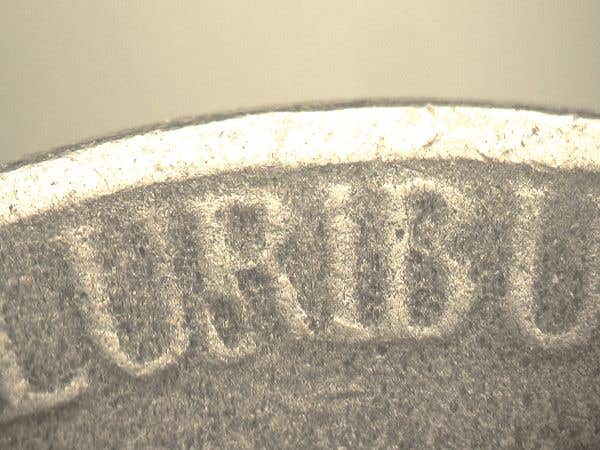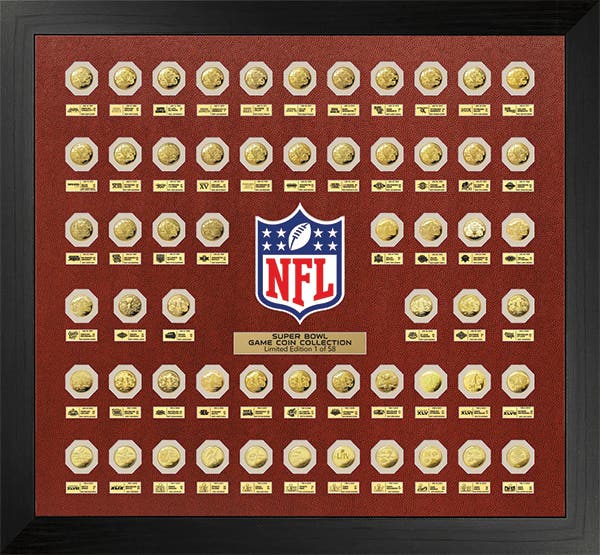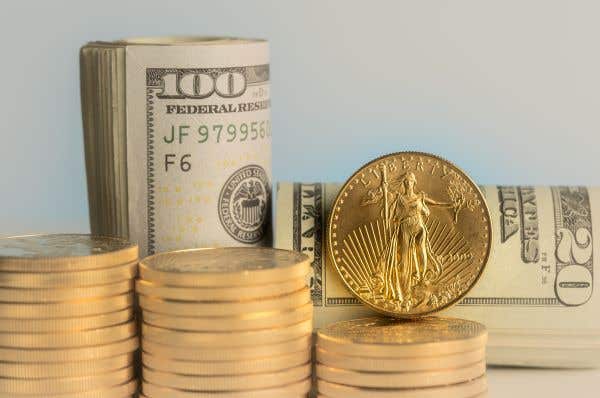Viewpoint: Mint should issue off-metal strikes
There’s legal precedent for a mint to sell coins which have been in unaccounted for in their inventory.
By William H. Brownstein
There’s legal precedent for a mint to sell coins which have been in unaccounted for in their inventory. One notable example is the 1903-O silver dollar, which turned up in the early 1960s and dropped the price of one of the major rarities of the Morgan dollar field into a rare date, but certainly not a date comparable to the 1927-D Saint-Gaudens $20 gold piece.
Another example that comes to mind is the Carson City dollars, which found their way into the public in the early 1970s and resulted in substantial profits to the Treasury and gave collectors with modest means the ability to own what was previously an unattainable rarity.
In the case of other countries, one only needs to look to the north and will see that Canada discovered a large quantity of $5 and $10 gold pieces that were minted in 1912 through 1914 and somehow remained in its inventory. Unlike the U.S.A. that confiscated gold coins and melted them in 1933 and made it a criminal offence for its citizens to own gold in any quantity, Canada never took that kind of action.
The Royal Canadian Mint decided to sell them to the public and in so doing graded the coins and set the prices. Obviously, the prices set were carefully considered and the coins are now entering the secondary market and renewing interest in classic Canadian gold coins.
Israel cleaned out its inventory of gold coins a few years ago, some of which had only a mintage of 10 proofs as in the case of the Weitzman proof without a Mem, and those went by way of an auction to the highest bidders.
In each case the country with the coins gave an opportunity to anyone interested to pay the maximum price attainable to purchase what would otherwise be unattainable or if attainable would not have the provenance of being sold directly by the mint to the purchaser.
Now to the point of this article, the U.S. Mint has some truly rare modern issues in its coffers. Among those are the handful of 22 carat gold Sacagawea dollars that went into space on the Space Shuttle in 2000; the 1933 double eagles that were confiscated from the owners heirs, and well and untold other rarities and riches locked behind well guarded vaults.
Imagine the interest that was exuded when the sole 1933 double eagle that was monetized hit the market and one-half of the proceeds went to the U.S. Treasury. Why then can’t the Treasury sell the 22K Sacagawea dollars of the 1933 double eagles and have them specially monetized so that the public can either have an opportunity to buy one, or, at least have them on display so that they can be enjoyed by the public at large?
Another possibility is to issue copies of prior beautiful coins in precious metals. The Mint has done so, at least in part, with the American Eagle, with the front having a skinny Liberty on it and the modern American Eagle silver coins with the Adolph Weitzman depiction of Liberty on the front. As for the reverse of those issues, I think that they leave much to be desired and they are not attractive.
In 2009 the mint issued a High Relief double thickness gold one ounce 24K gold piece to copy the 1907 Saint-Gaudens High Relief, only on a reduced sized planchet of double thickness. That was surprisingly similar to a pattern issued on two ten dollar gold blanks which were merged together under extreme pressure in 1907, and as I predicted at the time they were for sale, it will prove to be a rarity for future generations to cherish.
In my opinion then the U.S. Mint should issue off metal strikes in limited numbers of its circulating coinage. The Sacagawea dollar in 22K or 24K gold would be a great item as would the presidential dollars. I would imagine that collectors would welcome the opportunity to buy an otherwise base metal coin struck in precious medal, such as 22K or 24K gold. They can be sold at a premium to help with the deficit and they will stimulate the dollar market and maybe get people to start spending their base metal dollar coins now that they have an interest in owning a true precious metal example.
Finally, it would be great if the U.S. Mint would strike piedford coins, off metal strikes and offer them to the public. Albeit that not everyone could afford them, but that is the case with the gold and platinum and silver coins which the U.S. Mint and foreign mints are striking in large numbers.
This Viewpoint was written by William H. Brownstein, a southern California hobbyist. To have your opinion considered for Viewpoint, write to David C. Harper, Editor, Numismatic News, 700 E. State St., Iola, WI 54990. Send email to david.harper@fwmedia.com.
More Coin Collecting Resources:
• Get the U.S. Coin Collector’s Value Pack at a special price through June 30.
• New bundles for paper money collectors are 50% off for a limited time! Find them here.
• Limited quantities of Australia’s Yellow-Bellied Sea Snake 2013 Silver Coin and the 2013 Mongolia Argali 500 Togrog Silver Coin are here!
• Get exclusive collectors’ value packs at special discounts for investing in collectible coins, world coin collectors and North American coin collectors
• Get the 2012 Coin of the Year – limited quantities remain!
• Get them instantly! Buy digital editions of past issues of World Coin News, Coins Magazine and Coin Market eXpress!




